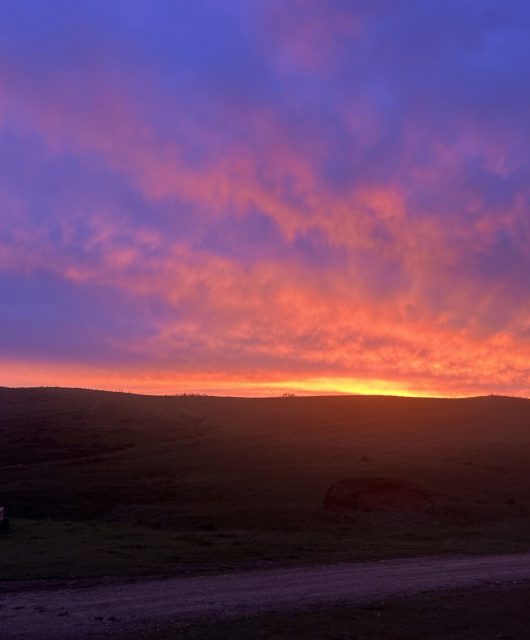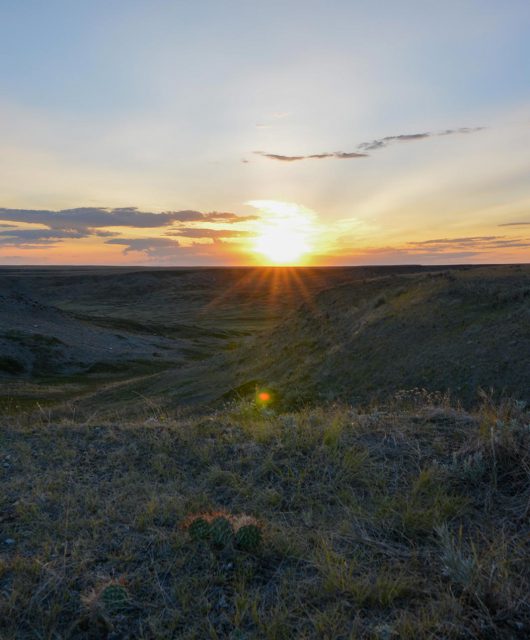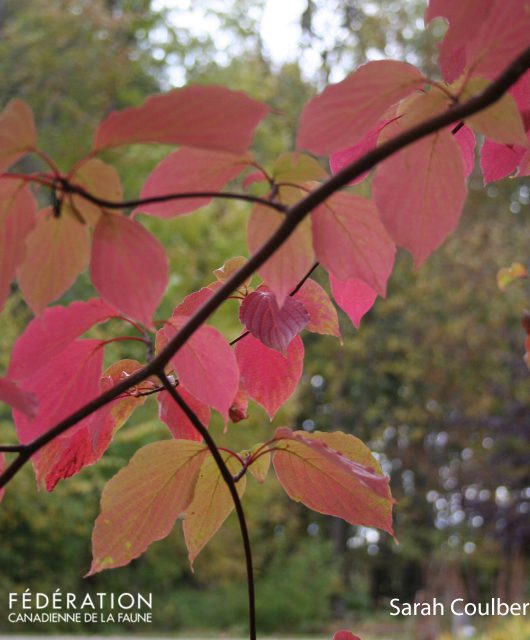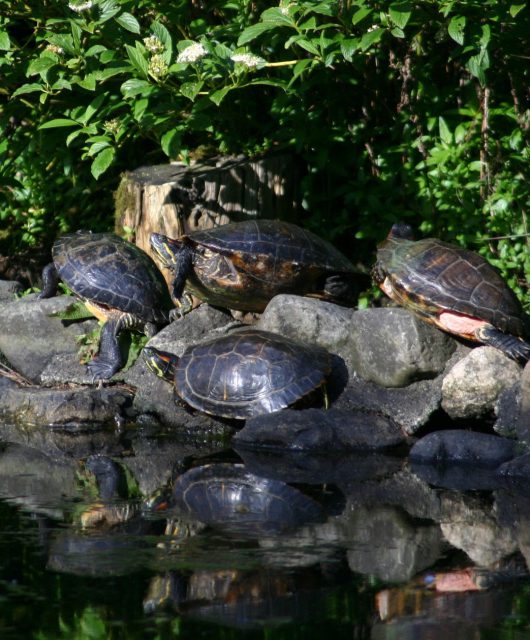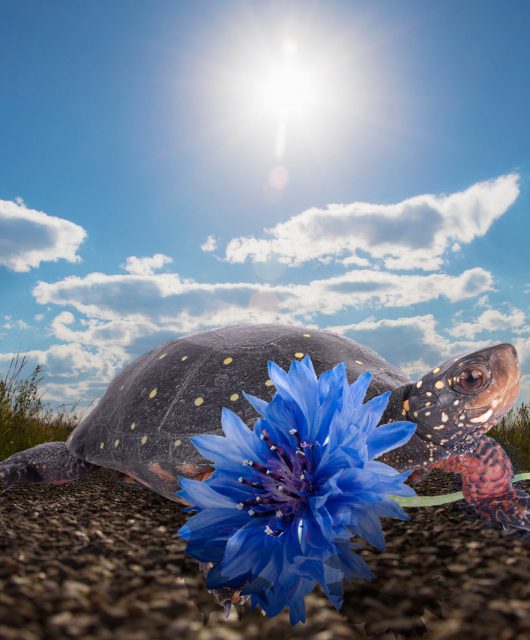What caused the little ice age? Many factors of course, but one study suggests that the devastating loss of life wrought by Europeans invading the Americas may have tipped the balance
How does Christopher Columbus’s 1492 voyage to the New World relate to the “frost fair” held on a frozen River Thames in London in 1683-84? A startling new study says the voyage led to the freeze, at least, in part. It’s the PhD work of geographer Alexander Koch of University College London, published in January in the journal Quaternary Science Reviews.
 The speedy rise of carbon dioxide concentrations in the atmosphere from the moment the first steam engines started burning fossil fuels in about 1750 is well documented. The concentration has risen from 280 parts per million in the atmosphere then to 410 now. Before that steady rise began, the concentration was stable for thousands of years. That is, except for a period between 1550 and 1650, when it fell by about 10 parts per million (ppm). Why did levels drop?
The speedy rise of carbon dioxide concentrations in the atmosphere from the moment the first steam engines started burning fossil fuels in about 1750 is well documented. The concentration has risen from 280 parts per million in the atmosphere then to 410 now. Before that steady rise began, the concentration was stable for thousands of years. That is, except for a period between 1550 and 1650, when it fell by about 10 parts per million (ppm). Why did levels drop?
Amazingly, Koch traces it to Columbus and his voyage to the Americas in 1492. It was then, in claiming the lands for Spain, that Columbus unleashed the savage and sweeping colonization of two entire continents.
Before Europeans arrived, the Americas were home to an estimated 55 million people, comparable to the 70 million to 88 million who lived in Europe at the time. These Indigenous Americans formed complex societies spread across what is now Canada, the United States, Mexico, the Caribbean, Central America, and south into Inca lands and Amazonia. Their societies were complex. People who lived in what we call Mexico built complicated interconnected canals and sophisticated irrigation systems. The Inca built terraces across the slopes of the Andes to grow food. The peoples of southern North America harnessed the floods to grow their crops. Among the foodstuffs they grew were rice, cassava, chili peppers, maize, quinoa, cacao and fruit.
Then came Columbus and an unending trail of other Europeans with their livestock, those cauldrons of epidemics then unknown in the Americas: smallpox, measles, influenza, bubonic plague, diphtheria, typhus, cholera, malaria. It added up to genocide. In the Caribbean alone, the first European entry point, the population fell from about four million to a scant 22,000 by 1570, a drop of 99 per cent. In the Inca territories, just 670,000 of nine million were left by 1620, a drop of 93 per cent. A century after Columbus arrived, nine in 10 Indigenous inhabitants of the Americas were dead, on average.
WHEN COLUMBUS FOUND THE “NEW WORLD,” DID HE USHER IN THE LITTLE ICE AGE? IS 1492 THE START OF ANTHROPOCENE?
It meant that whole societies that had relied on farming were destroyed. And that meant the land — roughly the area of modern France — went back to nature. As that happened, it sucked carbon dioxide out of the atmosphere. In all, about half (roughly 5 ppm) of the drop in carbon concentrations in the atmosphere during this weird cooling from 1550 to 1650 can be pinned directly on the collapse of Indigenous American civilization, Koch concluded. Surface air temperatures around the globe fell by 0.15 C, on average, a period known as the Little Ice Age.
In London, from 1649 to 1700, the lower Thames, normally kept open by the salty ocean tides, would freeze up fairly routinely. During the ferocious winter of 1684, the river remained frozen (the ice eventually a foot thick) for a record seven weeks. In homes, denizens shivered, milk froze overnight, deer died in the forests. And London held its first full frost fair on the ice, setting up impromptu pubs, betting rings, stages, games and races, like a country fair.
 To Koch, the point of figuring all this out is to discern precisely when the Anthropocene began. The Anthropocene is a proposed new geological epoch now under consideration by scientists. It means the “new age of humans” and refers to the fact that humans are having an effect on the Earth’s systems as profound as, say, such geological events as asteroid hits and sustained volcanic eruptions. Some are pumping for it to begin at the time of the Industrial Revolution in 1750, others, at the time of the first atomic explosions. Now Koch is pointing to 1492.
To Koch, the point of figuring all this out is to discern precisely when the Anthropocene began. The Anthropocene is a proposed new geological epoch now under consideration by scientists. It means the “new age of humans” and refers to the fact that humans are having an effect on the Earth’s systems as profound as, say, such geological events as asteroid hits and sustained volcanic eruptions. Some are pumping for it to begin at the time of the Industrial Revolution in 1750, others, at the time of the first atomic explosions. Now Koch is pointing to 1492.
His work is fascinating because it shows how political actions — in this case, colonization — can lead to unexpected shifts in the planet’s fundamental systems. It’s germane because it shows how immense and rapid are the changes unfolding in the planet’s carbon load today.
After all, the century of death and rewilding across the Americas drew down about five parts per million of carbon dioxide from the atmosphere. Today, with an economy dependent on fossil fuels, this same area is putting about three back in every year, and that pace is accelerating. Worse, we have no coherent plan to make it slow down, only goals.
It’s that pace that’s terrifying. And it’s the lack of a plan that, given the urgency of the risks, is unfathomable.
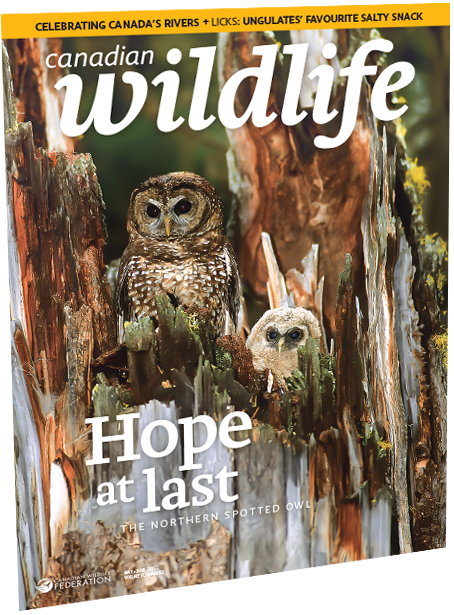
Reprinted from Canadian Wildlife magazine. Get more information or subscribe now! Now on newsstands! Or, get your digital edition today!

